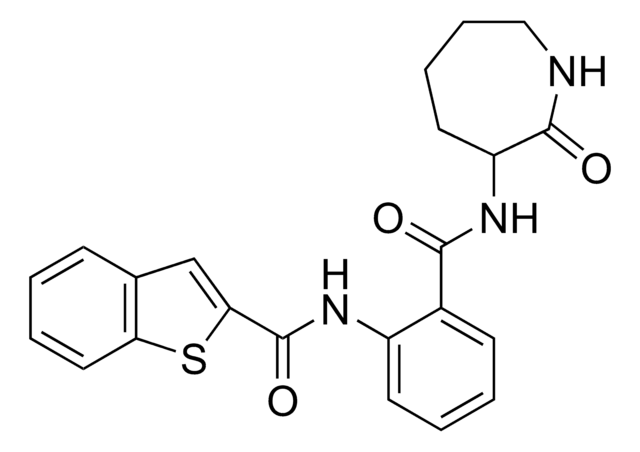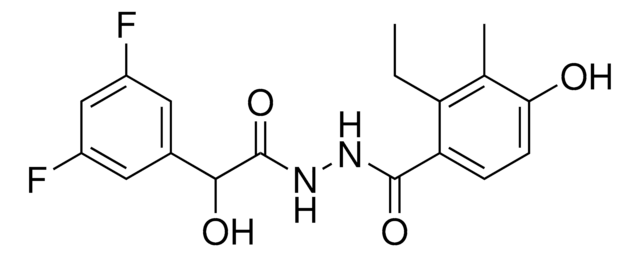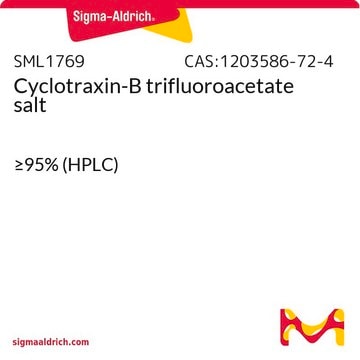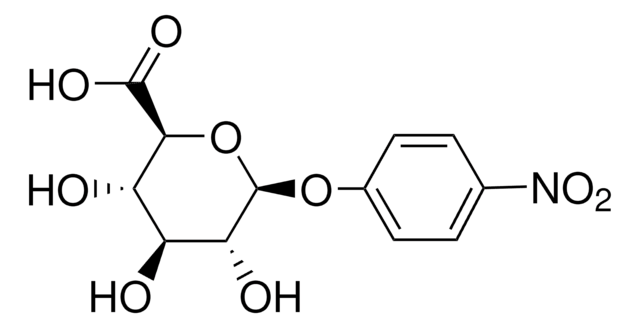Although there is no datasheet available for product D5446, there is information available for a product sharing the same CAS number from a different division. Below is the information found for product 506300 (7,8 Dihydroxyflavone):
- Solubility: DMSO (100 mg/ml)
- Storage: Protect from light, +2°C to +8°C
- Do Not Freeze: Ok to freeze
- Special Instructions: Following reconstitution, aliquot and freeze (-20°C). Stock solutions are stable for up to 3 months at -20°C.
This information will also apply for product D5446. There are additional notes stating the product is packaged under inert gas. Therefore, if storing, it would be best to leave no air space in the storage container if possible. If that is not possible, it would be best to store under either dry nitrogen or argon.

